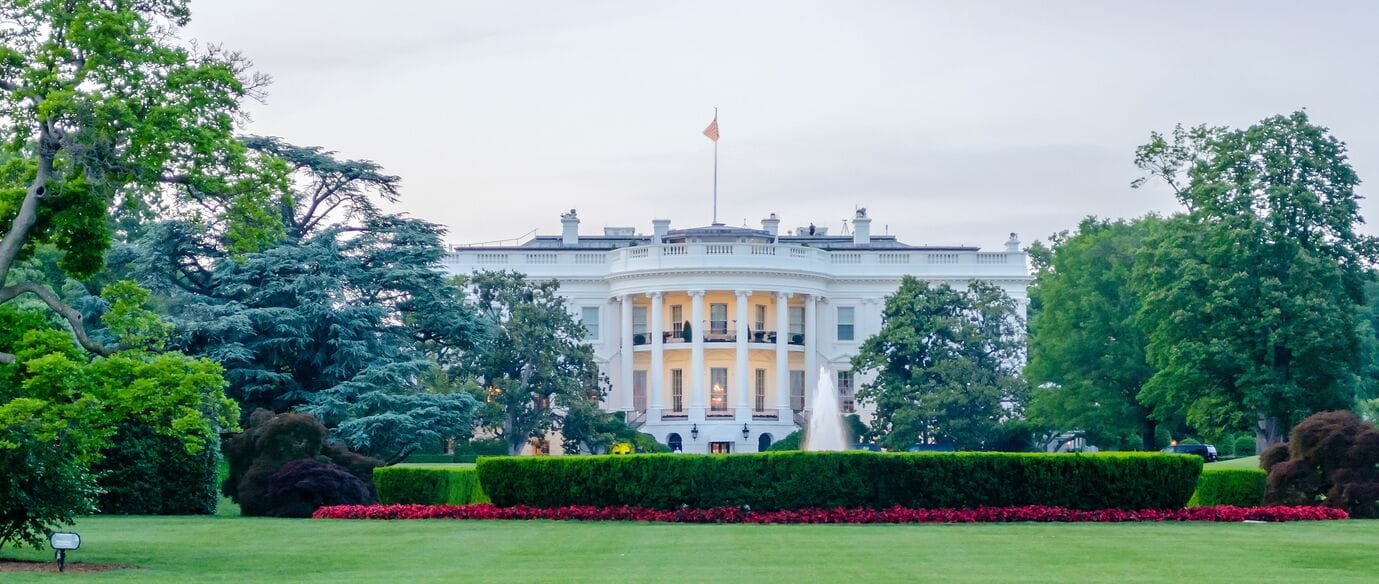
Reflecting on President Trump’s first 100 days in office
 Search
Search


 Search
Search

The U.S. Court of Appeals for the Federal Circuit (CAFC) recently considered a novel question regarding calculation of the regulatory review period for patent term extension (PTE) under 35 USC § 156 for reissued patents. Specifically, the CAFC concluded that a patent’s original issuance date – rather than a reissuance date – is the operative date for regulatory review period purposes. Below we analyze this case and its implications for patent term extensions.
The Hatch-Waxman Act provides a process for seeking patent term extension (PTE) to compensate patent owners for time lost during the development and regulatory review of new drug products, biologics, and other types of products. The formula for calculating PTE is set forth in 35 USC § 156(c), which pro¬vides that the term of a patent “shall be extended by the time equal to the regulatory review period” with certain limitations.
The U.S. Food and Drug Administration (FDA) initially provides its calculation of the regulatory review period to the PTO. Under 35 USC § 156(g), FDA’s regulatory review period determination for new drugs and biologics is based on the time spent in two phases: the “testing phase” and the “approval phase.” The “testing phase” starts on the date the investigational new drug application (IND) becomes effective and ends on the date the marketing application is initially submitted to FDA. PTE applicants generally receive half the number of days spent in the testing phase. The “approval phase” starts on the date the NDA or BLA is initially submitted and ends on the date the NDA or BLA is approved. PTE applicants generally receive every day spent in the approval phase. PTO then applies several statutory limitations to the final PTE calculation. Relevant here is the limitation that the “testing phase” should only include the time “occur[ring] after the date the patent is issued” (emphasis added).
In Merck Sharp & Dohme Corp. v. Aurobindo Pharma, Ltd. et al., the U.S. Court of Appeals for the Federal Circuit (CAFC) considered a novel question regarding PTE calculations: whether the “testing phase” for a reissued patent should be calculated based on the original patent issue date or the reissued date. Using the issue date of the reissued patent would usually result in shorter “testing phase” and potentially a shorter overall PTE, because review that occurs before the patent issue date is not considered part of the “testing phase.”
Plaintiff-appellee Merck Sharp & Dohme Corp. (MSD) sought extension of a patent listed in the Orange Book for its product, Bridion (sugammadex sodium). The patent was initially issued in December 2003 and then reissued in January 2014 with the original claims that made the original patent eligible for PTE, along with several new claims. The PTE calculation was based on the original patent’s issuance date. Generic applicants challenged that decision, arguing that the reference to patent in the PTE statute means the reissued patent and that the issuance date of the reissued patent should be the operative date for calculating the regulatory review period.
Both the CAFC and District Court sided with MSD, finding that subsection (c) of 35 USC § 156 should be read in light of the rest of the PTE statute, and that “the patent” must therefore reference the original patent. The CAFC also wrote that interpreting “the patent” as the original is the best reading of the statute because it “compensates Merck for the period of exclusivity lost due to regulatory delay.”
This decision reiterates prior case law making clear that the PTE statute must be interpreted broadly in light of the statute’s remedial purpose: to compensate patent owners for the time lost during regulatory review. The decision effectively preserves the status quo regarding how the PTO calculates PTE based on FDA’s regulatory review period, meaning patent owners can continue to file reissue patents without exposing themselves to the possibility of cutting short PTE – so long as both the reissued and original patents include the same claims directed to the approved drug product.
If you have any questions about PTE scope or calculations, or patent and Hatch-Waxman issues affecting drugs and biologics more generally, please feel free to contact any of the authors of this alert or the Hogan Lovells attorney with whom you regularly work.
Authored by Kristin Connarn, Gary Veron, Bob Underwood, Komal Nigam, and Bryan Walsh.